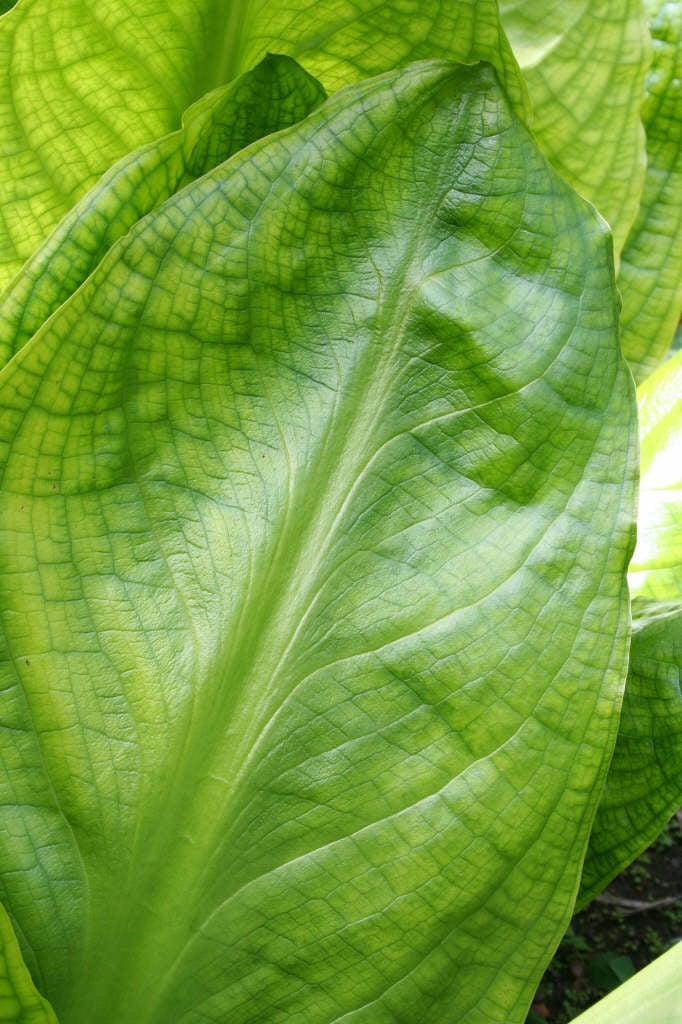Size
Ultimate height
0.5–1 metresTime to ultimate height
5–10 yearsUltimate spread
0.1–0.5 metresGrowing conditions
Moisture
Poorly–drainedpH
Acid, Alkaline, NeutralColour & scent
| Stem | Flower | Foliage | Fruit | |
| Spring | White Yellow | |||
|---|---|---|---|---|
| Summer | Green | |||
| Autumn | ||||
| Winter |
Position
- Full sun
- Partial shade
Aspect
West–facing or South–facing or East–facing
Exposure
Exposed or Sheltered Hardiness
H7Botanical details
- Family
- Araceae
- Native to GB / Ireland
- No
- Foliage
- Deciduous
- Habit
- Clump forming
- Potentially harmful
- Harmful if eaten, skin/eye irritant. Wear gloves and other protective equipment when handling Pets: harmful if eaten, skin/eye irritant - see the HTA guide to potentially harmful plants for further information and useful contact numbers
- Genus
Lysichiton are rhizomatous herbaceous perennials with large, lance-shaped leaves developing after the ovate white or yellow flower spathes surrounding the club-like, yellow or green flowering spadix
- Name status
Correct
- Plant range
- NE Asia
How to grow
Cultivation
Grow in fertile, humus-rich soil at pool margins, in full sun or partial shade. See pond plants and bog gardens for further advice
Propagation
Propagate by seed sown in wet soil in spring or summer or by offsets taken in summer
Suggested planting locations and garden types
Pruning
No pruning required
Pests
Generally pest-free
Diseases
Generally disease-free
Love gardening
Sign up to receive regular gardening tips, inspiration, offers and more
View our Privacy Policy
Get involved
The Royal Horticultural Society is the UK’s leading gardening charity. We aim to enrich everyone’s life through plants, and make the UK a greener and more beautiful place.
